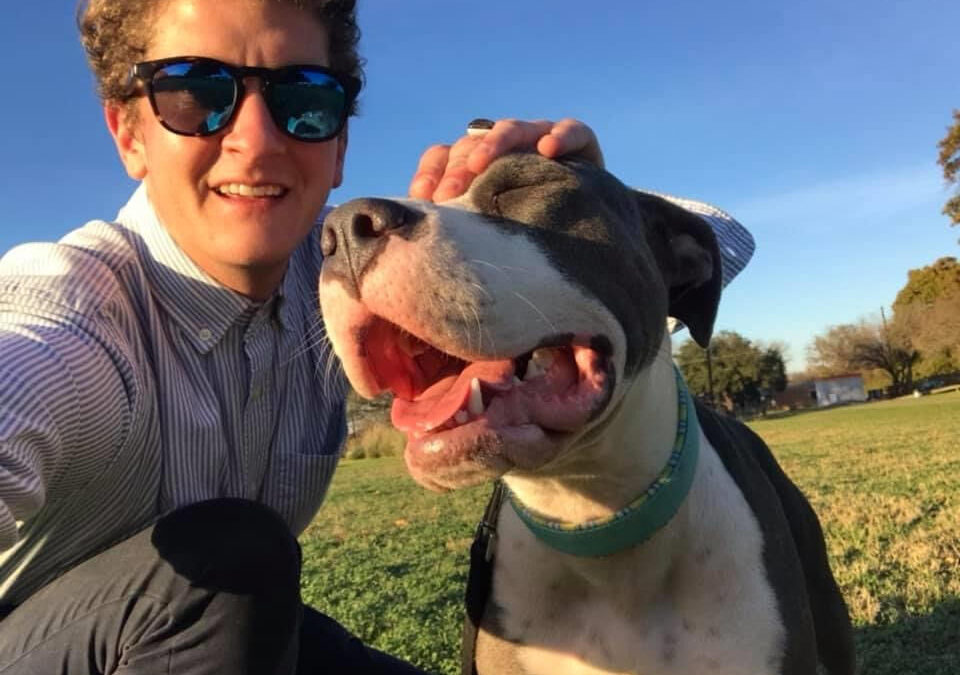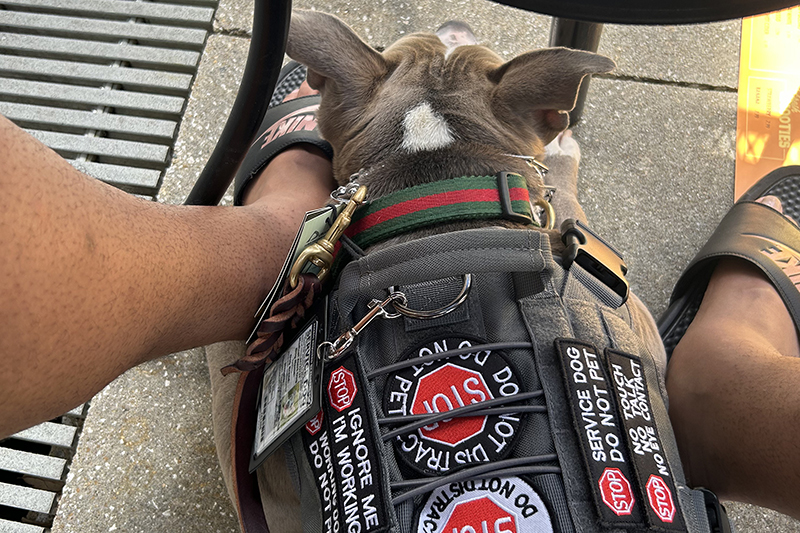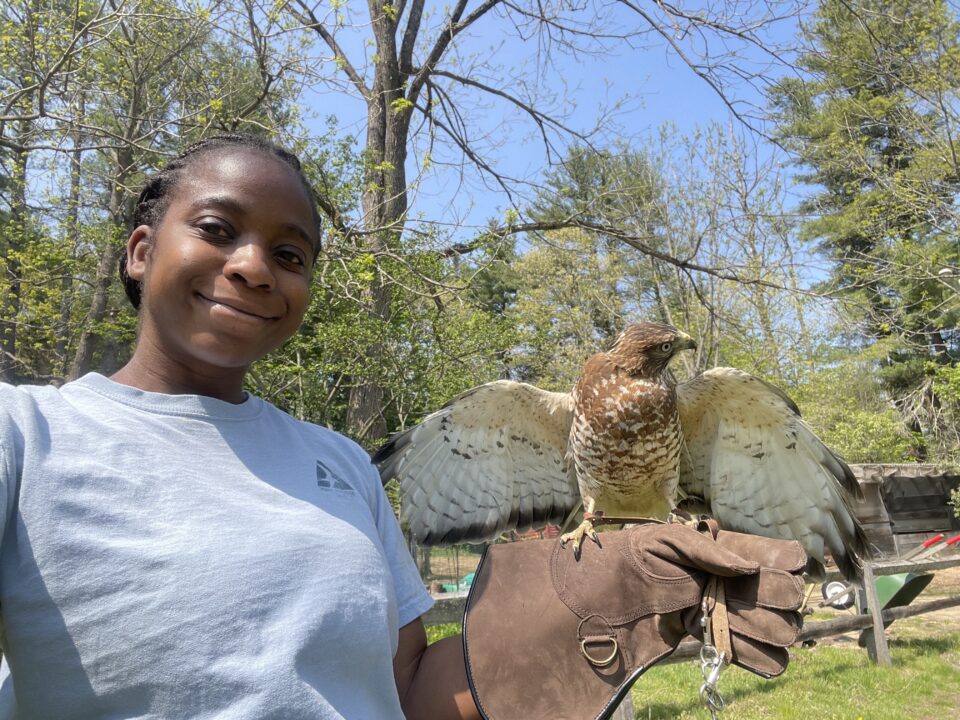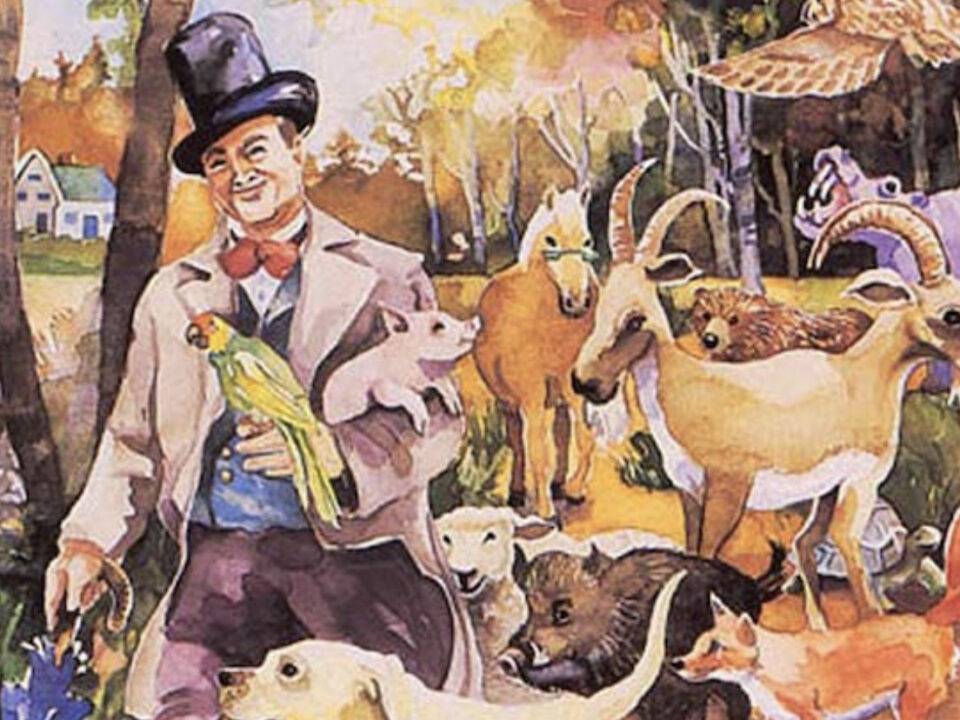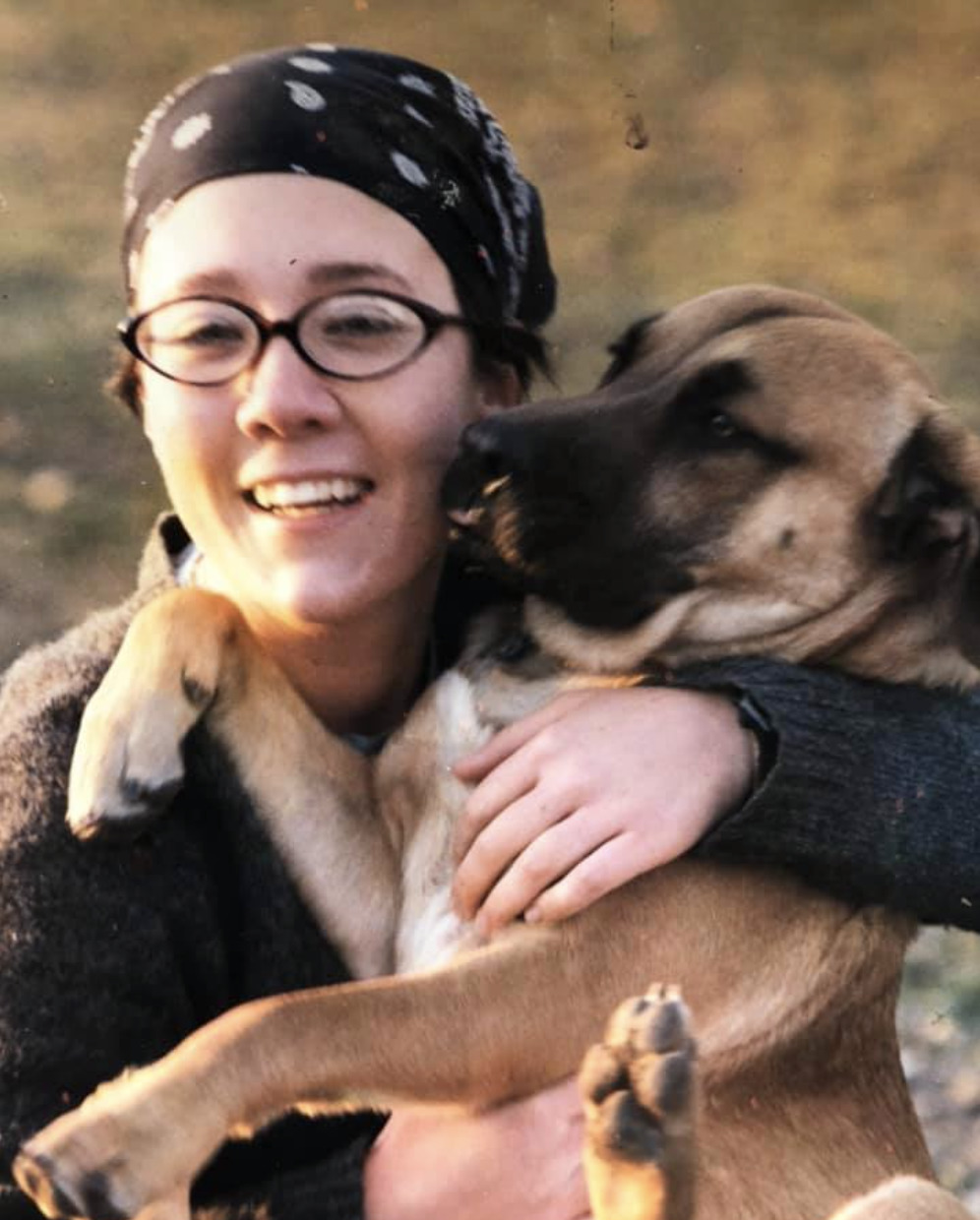
De-stigmatizing ‘Owner Surrender’
July 8, 2020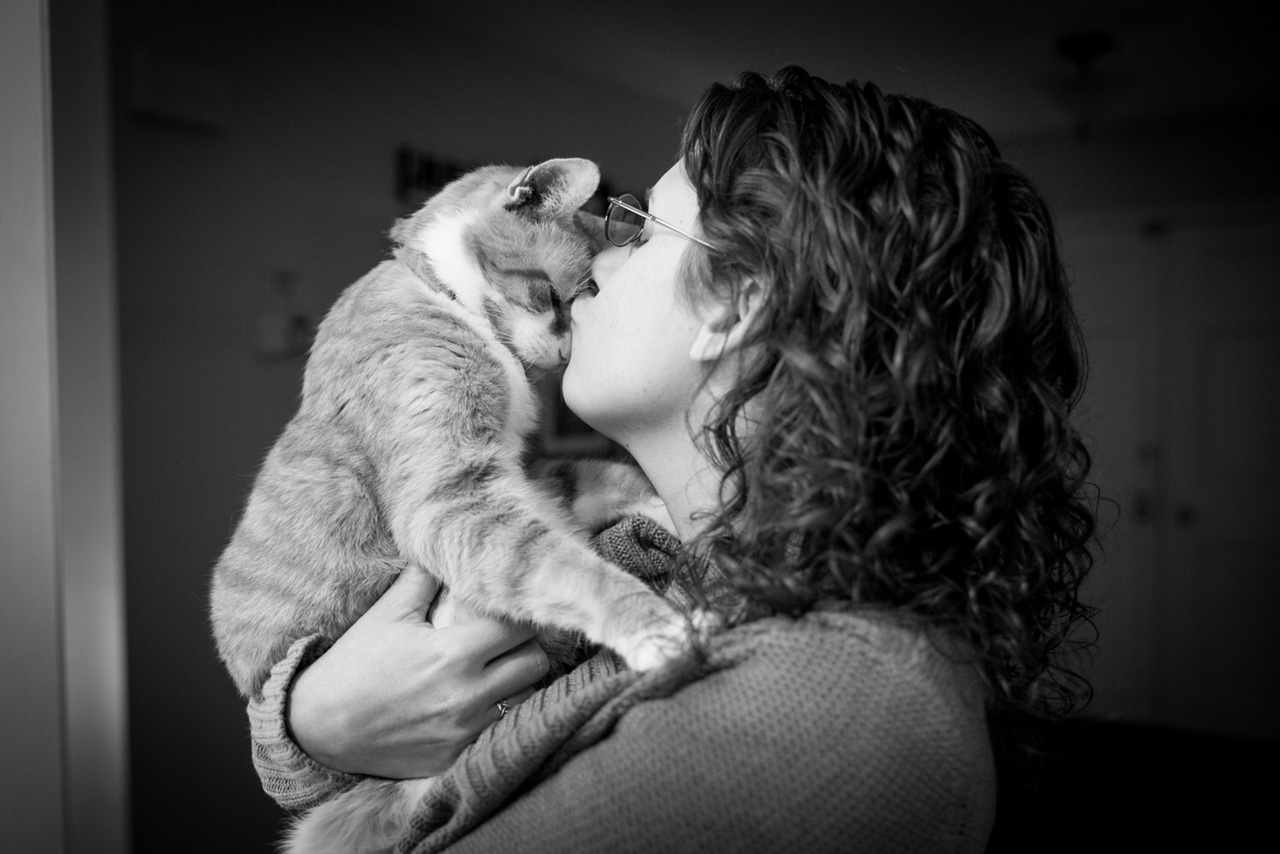
Every day is a disability awareness day for me
December 2, 2020Courageously written by Rory Adams
For me, Transgender Remembrance Day is a day for grief and mourning. My hope is that this day allows all of us to commit to making the world safer for people to express their individual identities and genders, without fear of violence, discrimination, harm, and murder.
I have identified as queer from the moment I first heard the word — queer. I was 18 at a college where the large majority of the staff, faculty, and students were queer-identified. While the term queer1 is sometimes referred to as an umbrella term for sexuality and gender, I personally reject this definition, using the word to establish a resistance to the idea of normalizing identities and of assimilation.

At 22, or 24, I transitioned my pronouns to he/him, or they/them, identifying as transgender, only after I found deep roots in the queer community, discovered feminist and anti-racist theory, freedom fighter narratives, queer studies, and created intentional distance from my blood family and trauma history.
Today, I identify as a white, transgender, queer, person.
While I am a trans person who is rather open to talking about my identity, I want to acknowledge that not everyone you meet who is trans or gender non-binary, or queer, or otherwise marginalized, will be. I have my own unique experience and can’t and shouldn’t be representative of all transgender people. That being said, I do welcome authentic curiosity and questions.
While I have personally experienced both minor and extreme violence and harm because of my identity, there is a disproportionate number of Black and Latinx Trans Women facing anti-trans violence and murder, every day.
In 2020, there were 47 trans lives taken in the US
(that we know of) and
26 of them were Black or Latinx.
Today, in the U.S. an estimated 40% of homeless youth identify as transgender and the unemployment rate for all trans people is is 3x that of non-trans people. Black trans people experience 2x this unemployment rate and 4x that of the entire population.
While we hold space for those we have lost, we must also consider what we can do better, tomorrow and in the future. While 30% of transgender employees report having been fired, denied a promotion, or experiencing another form of mistreatment in the workplace due to their gender identity or expression, let’s start by changing this and creating more equitable, inclusive organizations for transgender and gender non-conforming people.
Here are 10 easy ideas your animal welfare organization can do to create more trans-inclusivity, equity, and belonging.
- Ensure your medical benefits are inclusive for Transgender employees
- 55% percent of transgender people report that their insurance denies them medically necessary transition-related surgery and 1 in 4 reports that they were denied coverage for hormone therapy.
- Double-check, triple check with your insurance provider that your policy is trans-inclusive. Ask pointed questions about hormone therapy, reassignment surgeries, and name change document support.
- For more information about other policy changes and recommendations check out the Transgender law center model policy
2. Create accessible, comfortable, safe bathrooms, cause we all gotta use ‘em.
- Provide gender-neutral bathroom options for everyone.
- Make all your bathrooms gender-neutral, and if you can’t do that, make sure there are at least one or two single-stall options, with locking doors, that are available for staff, volunteers, and the public.
- If you can, have floor to ceiling stalls.
- Don’t mandate trans employees to use certain bathrooms. No, never.
- If you want help in transitioning your bathrooms to be more inclusive, the Sylvia Rivera Law Project has a step by step toilet training guide for you! Accessible, comfortable, safe bathrooms. We all gotta use ‘em.
3. Use the pronouns people want you to use.
- If you dont know what pronouns someone uses, ask them.
- But when you do ask, drop the ‘preferred.’
- Just say, my pronouns are (what yours are). What are your pronouns?
4. Drop gender-related dresscodes. Today! Don’t tell people what gender to dress for. Do away with any dress codes that require people to dress for gender norms or are prescriptive in any way around gender.
5. Drop her/him and use THEY/THEM in everything, public-facing, or otherwise.
- Use gender-neutral language in public-facing materials.
- Use this Radical style guide for writing about transgender people
6. Not all trans people are non-binary, include language in surveys to include multiple gender identities and the option to fill in your own gender preference. Keep trans experience and sexuality separate – gender and sexuality are different.
The most ideal way to ask about gender and sexuality is to leave questions open-ended. Open-ended answer options allow people to chose their own language to describe themselves. For example:
- What is your gender? (open-ended)
- What is your sexuality? (open-ended)
If open-ended questions are not an option, here is some example language taken from a blog:
What is your gender? You can choose multiple options.
- Woman
- Man
- Nonbinary or Genderqueer
- Different Identity*
- Decline to State
Options with an asterix should have a way to write in an answer.
7. Make sure IDs, badges, any public-facing information that include personal information, has everyone’s appropriate name and gender. Provide the third option of X, rather than the traditional, binary options of M/F. Yes, even in government jobs, you can do this!
Ideally, gender would be left off of badges and omitted from public-facing information to allow for people to be fluid, private, or unspecified. When this is not possible, ask people their preference.
8. Be a good ally. Guide others on pronoun usage. If you hear someone use the wrong pronouns for a colleague or friend, correct them.
- Charlie uses he/him pronouns
- Person says “Charlie went to see if SHE could adopt the cat ”
- Ally says “HE did. I hope he comes home with a new furry friend”
9. Include transgender training in your diversity, equity, inclusion training.
10. Be kind and a few ways to be careful of what you say.
- Don’t tell people “I never knew,’ or ‘you’d never be able to tell,’ or ‘you’d look less trans if..’
- Avoid language like ‘normal’ pronouns, biological, female-bodied, male-bodied, or saying things like ‘actually a man.’
- Don’t say ‘all women, including transwomen.’
- Don’t out people – just because someone is candid with you, doesn’t mean we’ve shared this with anyone else.
For Trans Day of Remembrance, we set aside time to hold space for those we lost to murder and to suicide. We remember Rita Hester a trans Black woman whose murder in 1998 sparked the first TDoR candlelight vigil in San Francsco. Rita Hester whose murder has never been solved. Rita Hester whose story is barely known, despite being murdered only 6 weeks after Matthew Sheppard.

Today, I encourage you to watch one of the most influential trans activists, Sylvia Rivera, in her brave 1973 speech at the gay pride rally in NYC.
Today, rather than only holding a day for mourning, let us imagine a future where we uplift transgender and gender non-conforming voices, tell trans* stories of the living. and create space for transgender heroes.
1 http://985queer.queergeektheory.org/wp-content/uploads/2013/04/Tendencies.pdf


